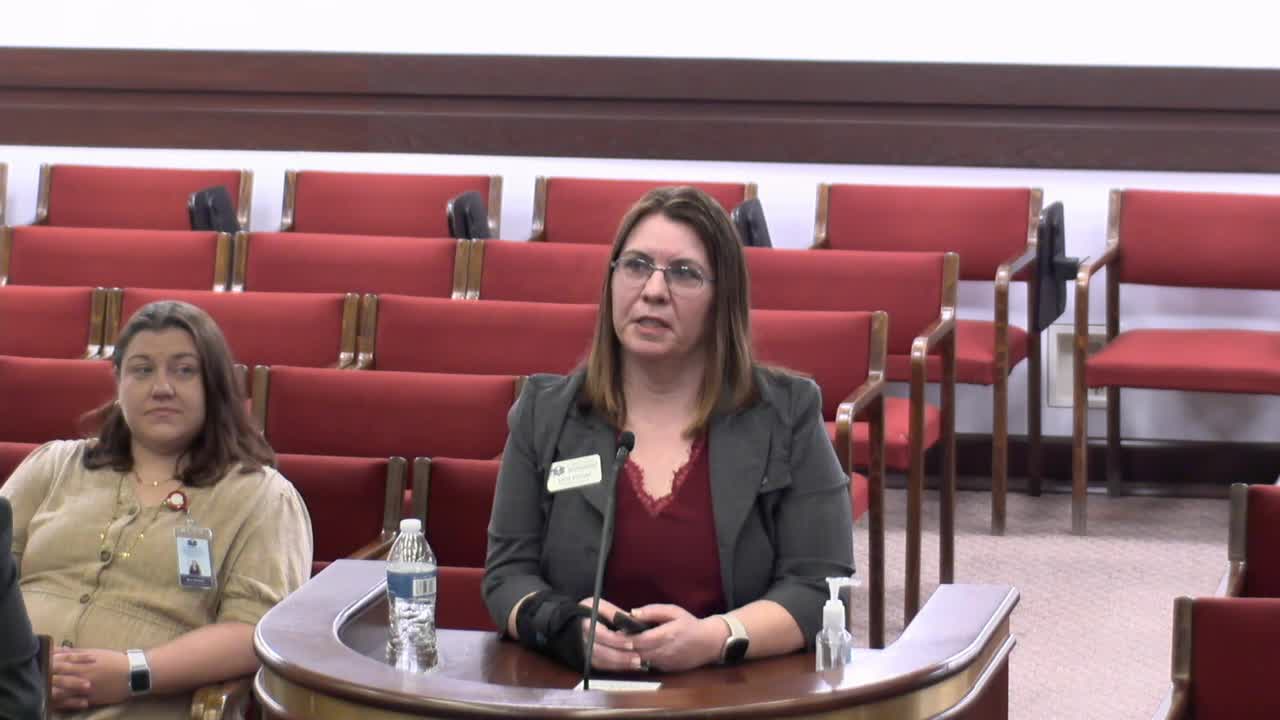
This article was created by AI using a video recording of the meeting. It summarizes the key points discussed, but for full details and context, please refer to the video of the full meeting. Link to Full Meeting
The meeting began with a historical overview, noting that the Tuition Grants Program was established to assist students attending independent colleges in South Carolina. Unlike other financial aid programs administered by the Commission on Higher Education (CHE), which disburses funds directly to institutions, the Tuition Grants Program awards funds directly to students. This distinction allows students to choose their educational path, effectively making it a form of "school choice" for higher education.

Before you scroll further...
Get access to the words and decisions of your elected officials for free!
Subscribe for FreeZachary Christian, the deputy director of the Tuition Grants Commission, emphasized the program's longevity and its adaptability over the years. Initially, the program served only 43 students at four colleges, but it has since expanded to include 22 eligible institutions. Despite this growth, the committee learned that the average grant amount has not kept pace with rising tuition costs. In the early years, grants covered about 70% of tuition and fees, but that figure has dwindled significantly, with recent averages covering only 11-17% of tuition.
The committee members expressed concern over the disparity between the increasing costs of higher education and the relatively stagnant growth of grant funding. Christian pointed out that while the average grant has increased, it still falls short of meeting the financial needs of students, particularly as tuition rates have surged in recent decades. The program's restrictions, which limit grants to direct tuition and fees, further complicate the financial landscape for students who also face housing and meal costs.
As the meeting progressed, the subcommittee members discussed potential reforms to enhance the program's effectiveness. The overarching goal remains clear: to ensure that financial aid keeps pace with the evolving educational landscape and continues to support South Carolina's students in their pursuit of higher education.
The discussions at this meeting underscore the ongoing challenges faced by financial aid programs in adapting to the realities of rising tuition costs. As the state looks to the future, the insights shared during this session may pave the way for necessary reforms that could better serve the educational aspirations of its residents.
Converted from House Government Efficiency and Legislative Oversight Committee -- Education and Cultural Affairs Subcommittee of the Legislative Oversight Committee - April 22, 2025 meeting on April 22, 2025
Link to Full Meeting
Comments
View full meeting
This article is based on a recent meeting—watch the full video and explore the complete transcript for deeper insights into the discussion.
View full meeting



